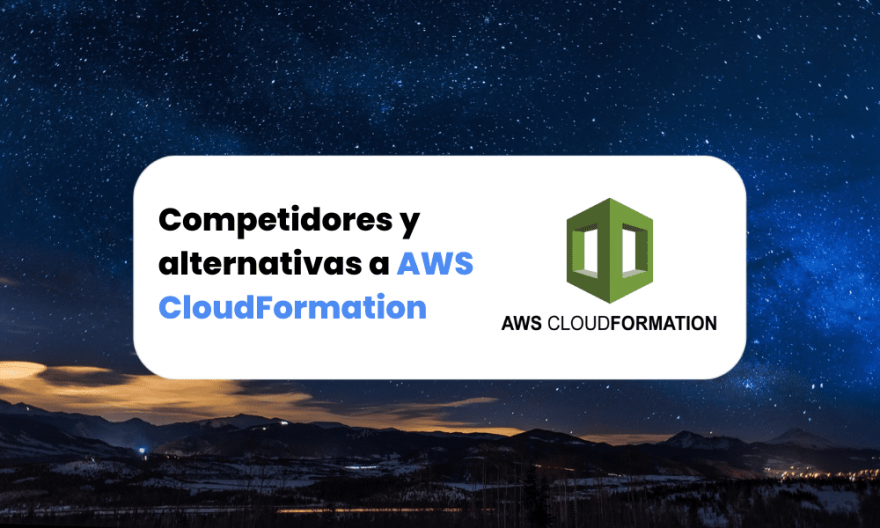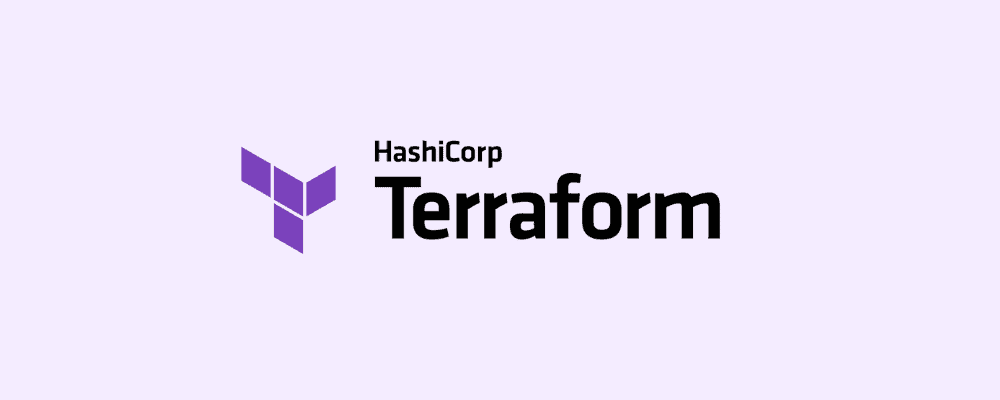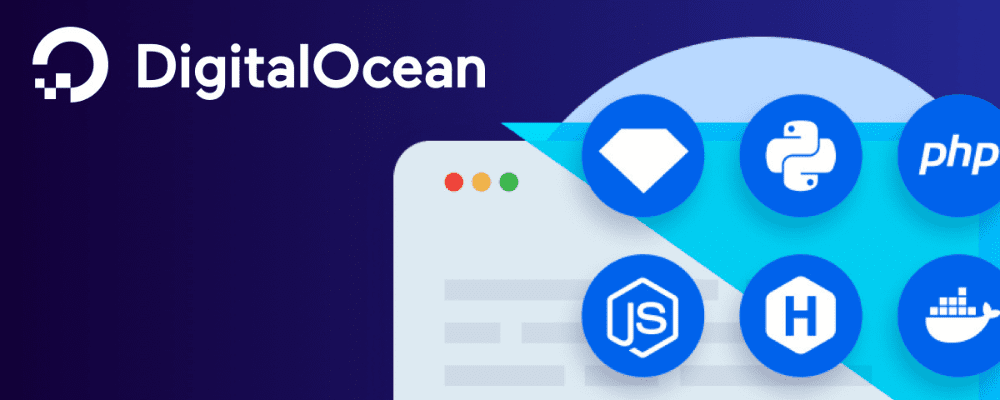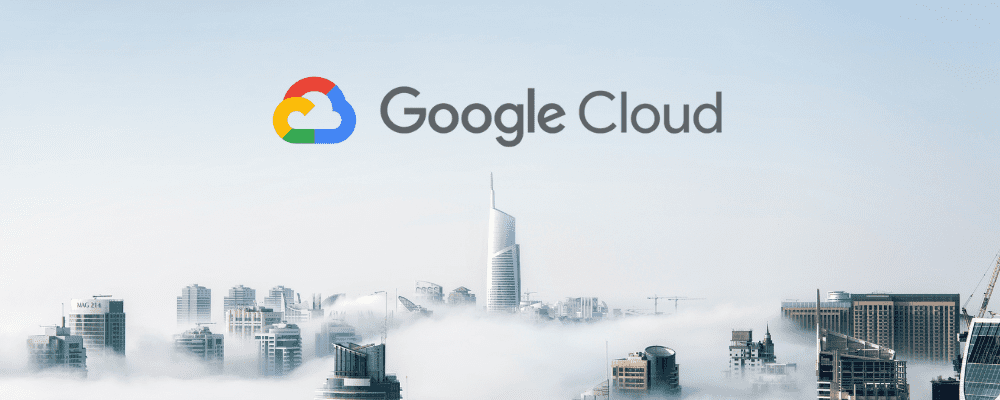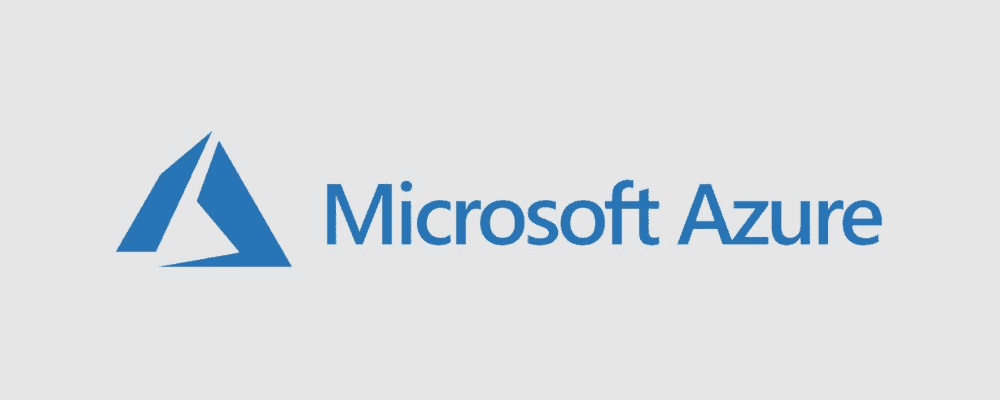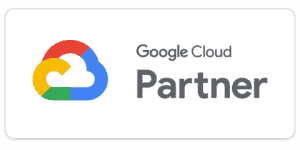AWS CloudFormation It is a service that offers developers and companies a simple way to create a collection of AWS and third-party resources. It also helps provision and manage them in an orderly and predictable way, throughout their lifecycles, treating infrastructure as code.
In the next post we will tell you the alternative to AWS CloudFormation that best suits each company.
What are the best alternatives to AWS cloudformation?
Developers can deploy and update computing, database, and many other resources in a simple, declarative style that abstracts the complexity of resource-specific APIs. AWS CloudFormation is designed to allow resource lifecycles to be managed in a manner repeated, predictable and safe. At the same time, it enables automatic restores, automated state management, and resource management across all accounts and regions. Improvements and options that have recently been made available allow for multiple ways to create resources, including using AWS CDK for coding in higher-level languages, importing existing resources, configuration change detection, and a new registry that makes it easy to create custom resource types that inherit many core benefits of CloudFormation.
1. Terraform
Terraform It is a tool of Open source orchestration developed by Hashicorp which allows us to define our infrastructure as code, this means that it is possible to write the definition of our infrastructure in a text file using a declarative and simple programming language.
Terraform has support for a large number of on-premises or cloud infrastructure providers, Amazon Web Services (AWS), GCP, Digital Ocean, Microsoft Azure, VMware vSphere, are examples of service providers.
You can see all supported providers in the Terraform documentation.
Some of the benefits that Terraform has are:
Manages considerably large infrastructures or can manage a single application.
Terraform not limited to one provider specific.
Provides a simple and unified syntax that allows you to manage almost any resource instead of requiring separate tools to be used for each platform and service.
The configurations that are made in Terraform can be shared and reusable.
Your data center model may be versioned, this way it is easier to observe the progress of our service and control changes.
2. Digital ocean
Digital Ocean is a startup providing infrastructure services cloud computing that offers a platform focused on software developers.
Digital Ocean is very popular among developers of Open Source and competes mainly with the services of Amazon Web Services (AWS) and Google Compute Engine.
To implement Digital Ocean as an IaaS (Infrastructure as a Service) environment, the developers launch a private virtual machine (VM) instance, which Digital Ocean calls ?Droplet?. The developers choose the size of the ?Droplet? and in which geographic region and data center it will be executed. In Digital Ocean there is only the option of the operational system Linux in the following distributions: Ubuntu, CentOS, Debian, Fedora, CoreOS or FreeBSD.
Instead of choosing a Linux distribution, developers can also create Droplets of existing VM images that come with pre-installed applications – an option from Digital Ocean called “One-click Apps”.
Features of Digital Ocean
- The first thing you have to know is that Digital Ocean calls it Droplets to its private servers in the cloud, and the same company can manage several Droplets on its platform to integrate them with each other, developing a private virtual network.
- Those running the Digital Ocean platform will be able to host different types of information, from websites and applications to product catalogues, databases or games, centralizing everything in one place.
- Digital Ocean allows integrate with different third party platforms, such as Drone, Joomla, Drupal, Docker and Magneto, among others.
- Digital Ocean offers within its options the dedicated virtual CPU. This is perfect for those who need to carry out robust and complex projects.
- The option of scalability It allows companies to acquire only what they require at each stage of their projects, and this element can even be so specific that it can be generated at the hourly level. If, for example, an e-commerce needs more space at certain times, it can be expanded only during this period of time to comply with the company's guidelines.
The Digital Ocean Terraform provider is used to interact with the resources supported by the platform (Infrastructure as Code). Users must make the necessary configurations to use it.
3. Google Cloud Platform
Google Cloud Platform (GCP) is a platform that offers more than 90 information technology services (also called products), which businesses, IT professionals, and developers can leverage to work more efficient, win more flexibility and/or allow them a strategic advantage.
GCP offers services for web load balancing and optimally distribute web traffic in different instances, managing to increase availability (High Availability GCP) and fault tolerance. These services include load balancing HTTP and TCP/UDP and load balancing SSL.
Google also has its tool for provisioning infrastructure on Google Cloud Platform. With Cloud Deployment Manager you can specify all the resources you need declaratively in YAML format and do the parallel deployments, that is, at the same time. It has a characteristic of preview which allows you to check the changes before confirming the deployment. Write flexible templates and configuration files and use them to create deployments that have a variety of Google Cloud services, such as Cloud Storage, Compute Engine and Cloud SQL, configured to work together. If you work with Google Cloud Platform, it is a tool to take into account.
It also has the option of work with Terraform and perform the interaction with the different resources offered by the Google Cloud Platform. You can consult more information about the service in the guide Basic information about Google Deployment Manager.
4.Microsoft Azure
One of the main advantages of cloud computing is the agility to experiment, implement development environments and deploy applications in production. Cloud providers continually work to improve their services and, of course, make their administration easier.
In the case of Azure, there is a structure composed of several elements, there are the physical data centers, the virtualization layer and all the tools to maintain the cloud. In front, they have placed an interface that exposes a RESTful API so you can interact and manage the resources of your solutions. That is Azure Resource Manager, the service that allows you to implement deployments and manage resources more easily.
And understand, everything you do in Azure goes through Resource ManagerHowever, in some way you have to communicate and ask them what to do, so you need to know some terms.
- Subscription: basically it is the billing account, you will have at least one subscription, but you can have more. Resource groups are created in the subscription.
- Resource group: it's a logical container in which the resources that make up your solutions implemented in Azure are placed.
- Resource: virtual machines, virtual networks, network interfaces, disks, databases, are some examples of resources. In summary, all services and elements available in Azure are called resources.
- Resource providers- They are located exactly below the Azure Resource Manager layer and are the direct connections to resources.
5. Cycloid
Cycloid is a hybrid cloud and DevOps collaboration platform enterprise level that helps automate repetitive tasks and train end users through a self service portal easy to use, facilitating a cutting-edge developer experience in your organization.
It's important to have good visibility into your cloud services, but keeping cloud diagrams up to date takes time. Sharing YAML lines is not an efficient way to share information, but again. Infrastructure as code is DevOps best practice.
That's why I believe InfraView, a tool that provides a centralized graphical representation of your infrastructure. By displaying information graphically, people without specialized knowledge can see different resources and how they relate to each other. When everyone has access to the same information, knowledge sharing is more fluid and equitable.
InfraView
Provides visibility into your cloud infrastructure
Keeps infrastructure up to date

